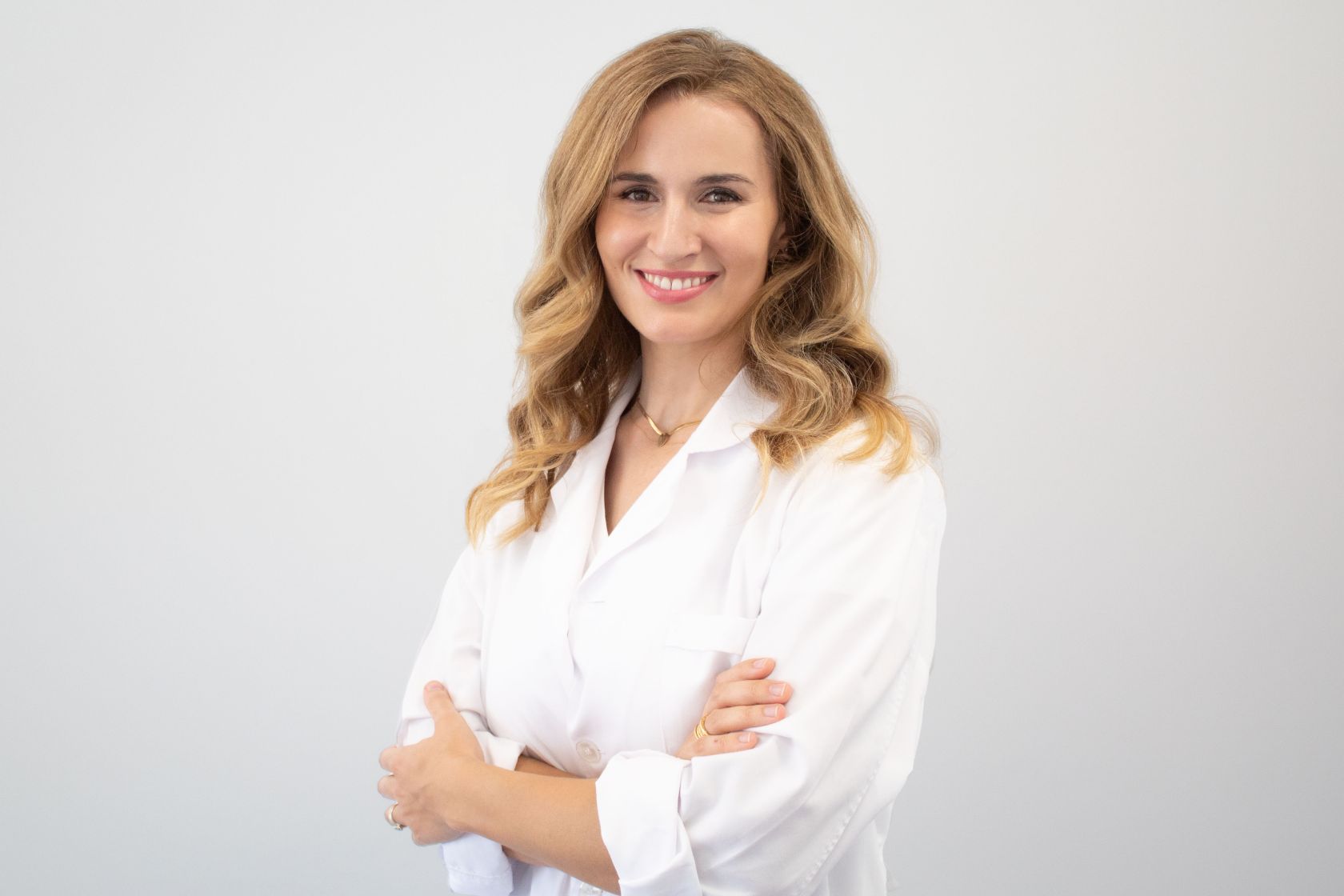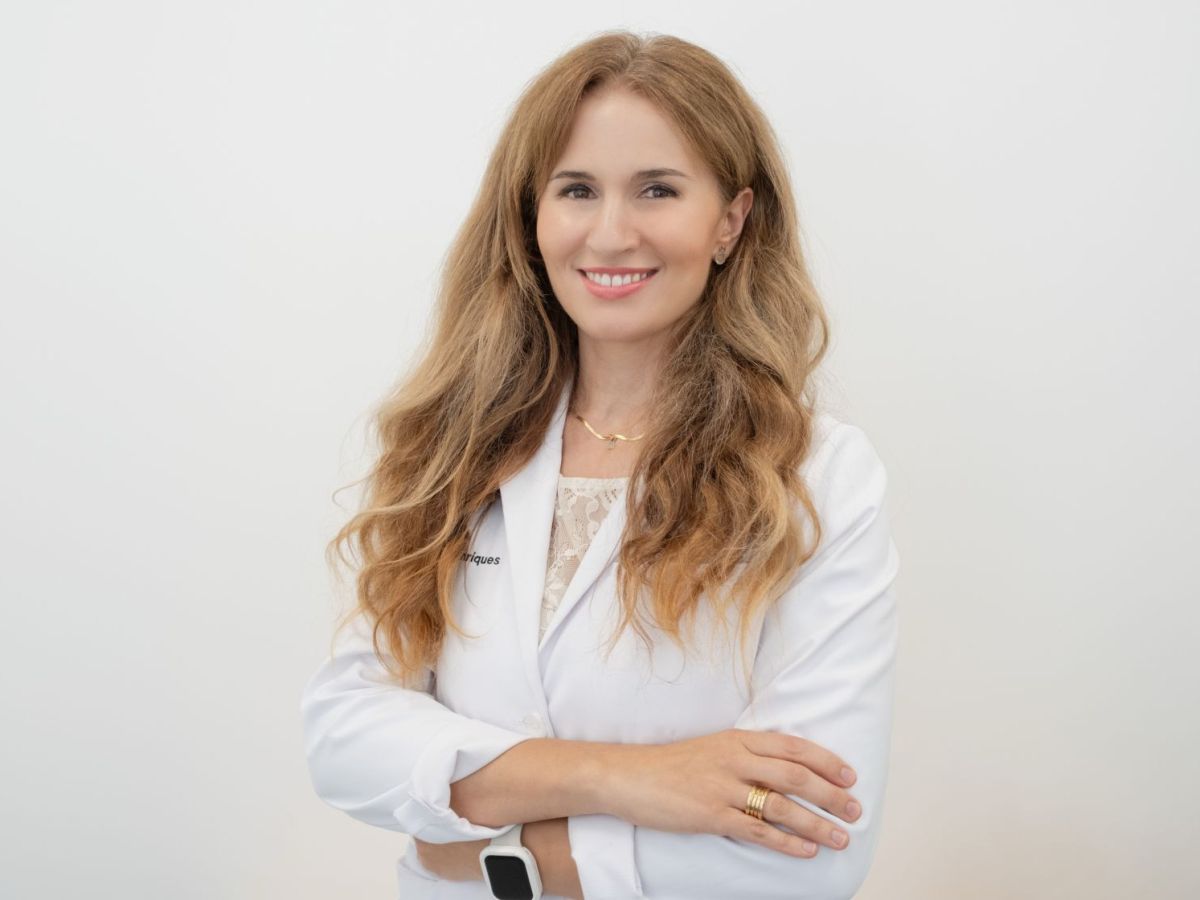Known more commonly as ENT specialists, these doctors treat conditions of the ear, nose, and throat, but their scope stretches far beyond Dra Vânia Henriques, an otorhinolaryngologist based in Portugal, offered a closer look into her profession – one that she describes as dynamic and deeply rewarding.
According to Dra Henriques, the life of an otorhinolaryngologist is rarely repetitive. “Our day-to-day life is very dynamic,” she explained. “We work in three different areas: emergency, consultation, and the operating room.”
A typical week involves about twelve hours in emergency care, two days of consultations, and two days in surgery. This blend allows ENT doctors to tackle urgent, chronic, and surgical needs all in one profession. From a baby struggling with airway complications to centenarians battling hearing loss, patients of all ages and backgrounds pass through her care.
“It’s a technical consultation,” she added, noting the use of specialised instruments and constant activity. Unlike some medical fields that involve lengthy seated examinations, ENT practice keeps physicians on their feet, moving between equipment and patients. “It’s a quick consultation, but it’s a lot of fun.”
While the scope of otorhinolaryngology medicine is broad, Dra. Henrique outlined the most frequent cases she sees: breathing difficulties, sleep disorders, hearing loss, infections, and dizziness. Children are especially common patients, often presenting with ear infections, blocked noses, or “sleep apnea” – a condition linked to mouth breathing during sleep.
She stresses that patients should consider consulting an ENT specialist when general practitioners cannot resolve persistent issues. Difficulty breathing, recurring infections, ongoing dizziness, or voice alterations lasting more than three weeks are key red flags. The latter, she emphasised, is particularly relevant for professionals such as teachers, journalists, singers and radio hosts, who rely heavily on their voices.
Beyond clinical treatment, Dra. Henriques encourages people to adopt lifestyle habits that protect their ear, nose and throat health. “The primary thing you can do to protect your health is not smoke,” she says. “That’s the first thing any otorhinolaryngologist will say,” she insisted.
She also advises caution when jumping into water or doing some radical sports, as the tympanic membrane is very thin and delicate and a perforation may occur. She recommends routine ENT checks before travel, especially during the summer months. For children, curiosity poses its own risks – she often encounters cases where youngsters insert foreign objects such as seeds, breads, or small toys into their ears or nostrils.
Asked what she loves most about her work, Dra. Henriques returned to the variety of her patients and cases. “The days are always different, the questions are always different, there is never a repetitive day,” she said. Beyond medical science, the specialty connects her to the arts, as ENT doctors frequently treat singers, musicians and actors whose livelihoods depend on healthy voices and hearing.
She also finds great satisfaction in the immediacy of many treatments. Simple interventions, such as removing earwax or performing a maneuver to treat vertigo, can dramatically improve a patient’s quality of life in seconds. “This immediate result is highly satisfying,” she explained. “Being able to relieve someone immediately, without further exams or the need for surgeries, is one of the things I like most. There aren’t many medical fields that can provide instant relief to patients.”
Of course, the work also brings challenges. Medicine is ever-evolving, with new developments and discoveries happening all the time. “The most challenging part is that everything is always changing,” says Dra Henriques. Staying up to date requires continuous study, attendance at conferences, and keeping pace with new technologies and procedures.

Surgery is another central pillar of her practice, and one she particularly enjoys. ENT surgeons handle a wide range of procedures: from adenoid and tonsil removal to ear reconstructions, the insertion of drainage tubes, nasal corrections, and polyp removal. They also address voice disorders surgically. When needed, ENT doctors collaborate with ENT surgeons, colleagues dedicated to the oncological cases, performing complex operations when necessary.
Despite the intensity of surgery, Dra. Henriques finds it one of the most fulfilling aspects of her career. “With small gestures, small procedures, we can help so many people’s lives,” she said.
Her path to the specialty began early. As a child, Dra. Henriques was a frequent patient of otorhinolaryngologists and even underwent a small surgery. The personal experience left a lasting impression. “Since I was a child, I looked at otorhinolaryngology as a profession that I wanted,” she recalled.
During her medical training, her interest only deepened, particularly during internships that exposed her to the variety and precision of the field. Today, she views her career choice not just as fulfilling, but as a natural extension of her early fascination and personal history.
For Dra. Henriques, being an otorhinolaryngologist, is more than a job. Treating patients from infancy through old age, she values both the complexity of the cases and the simple interventions that can quickly restore comfort and health.
As a specialty, otorhinolaryngology is defined by its breadth and versatility. ENT doctors move seamlessly between emergency care, routine consultations and advanced surgery, addressing everything from childhood ear infections to intricate reconstructions. It is a field where even the smallest procedures can transform a patient’s quality of life.
For more information, please contact Grupo HPA Saude on (+351) 282 420 400.












